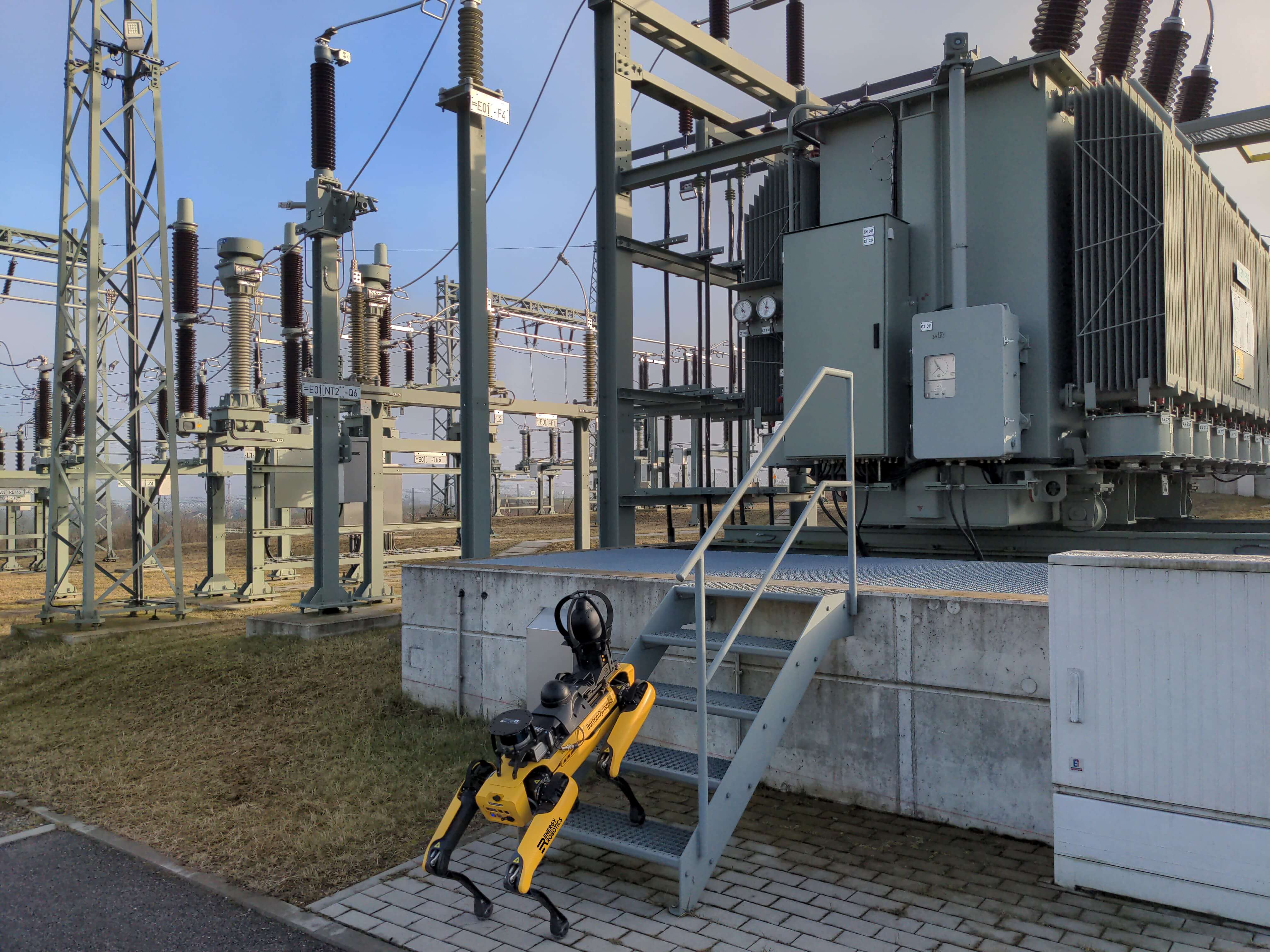AI Automation in Operation and Maintenance of Power System Equipment
By 2025, with the continuous advancement of AI technologies like ChatGPT and Google Gemini, the application of AI in daily life and work will have reached a new level of popularity. AI intelligence can help ensure stable and efficient daily operation and inspection of power system equipment. As power equipment systems become increasingly complex, traditional manual operation and maintenance methods face limitations such as high labor costs, delayed fault detection, and inefficient resource allocation. The integration of AI and automation has become a transformative solution, enabling predictive maintenance, intelligent fault diagnosis, and automated decision-making.
This article explores how AI automation enhances the O&M of power distribution systems, with emphasis on practical applications, case studies, and technological frameworks.
 source: Google
source: Google
1. The Role of AI Automation in Power System Maintenance
AI automation leverages machine learning, data analytics, and robotics to optimize the entire lifecycle of power system equipment. The primary functions include:
- Predictive Analytics: Using real-time sensor data and historical patterns, AI predicts potential failures in distribution transformers and other equipment.
- AI Robots for Inspections: AI robots equipped with infrared imaging and ultrasonic sensors can perform on-site diagnostics, reducing human risk and increasing accuracy.
- Automated Workflows: AI-driven platforms schedule transformer maintenance, dispatch field crews, and even integrate with SCADA systems for operational decision-making.
Compared to manual methods, AI automation significantly reduces downtime, operational costs, and the risk of unexpected outages.
2. Key Technologies Driving AI Automation
The successful deployment of AI automation in O&M relies on several core technologies:
- Machine Learning Models: Predictive models for fault detection and load forecasting.
- Digital Twins: Virtual replicas of power distribution systems that simulate performance under different scenarios.
- Natural Language Processing (NLP): For automated reporting and interpretation of technical logs.
- Computer Vision: Enabling AI robots to detect corrosion, overheating, and oil leaks in power equipment systems.
These technologies collectively enhance reliability, improve asset longevity, and enable proactive decision-making.
3. Applications in Electrical Power Distribution Systems
AI automation finds extensive application in electrical power distribution systems, particularly in the following areas:
a) Distribution Transformer Maintenance
Transformers are critical nodes in the power distribution system, and their failure can lead to large-scale outages. AI-powered systems monitor:
- Temperature Variations: To detect overheating trends.
- Dissolved Gas Analysis (DGA): Using AI to predict insulation degradation.
- Load Fluctuations: Identifying abnormal patterns in distribution transformers.
Case Example:
A leading utility company implemented an AI-based predictive maintenance system for 2,000 distribution transformers. The result was a 30% reduction in unplanned outages and a 25% decrease in maintenance costs within the first year.
b) AI Robots for Field Inspection
Traditional inspections involve manual site visits, which are time-consuming and prone to human error. AI robots equipped with LiDAR and thermal cameras autonomously navigate substations, identifying potential faults in power equipment systems.
Case Example:
In a smart substation project in Germany, AI-powered inspection robots reduced inspection time by 50%, while improving fault detection accuracy by 15% compared to manual inspections.
c) Automated Fault Diagnosis and Restoration
AI automation systems integrate with the SCADA (Supervisory Control and Data Acquisition) platform to detect and isolate faults in the electrical power distribution system. Automated switching and restoration processes minimize service disruption.
4. Benefits of AI Automation for Power System O&M
Implementing AI automation in power system maintenance delivers measurable benefits:
- Cost Efficiency: Reduced manual labor and emergency repairs.
- Enhanced Reliability: Continuous monitoring and predictive analytics prevent failures.
- Safety: AI robots reduce human exposure to high-voltage environments.
- Scalability: Suitable for large-scale power distribution systems with multiple substations and equipment types.
5. Challenges and Future Directions
Despite its benefits, AI automation faces challenges such as:
- Data Quality and Availability: Accurate predictions require large, high-quality datasets.
- Cybersecurity Risks: Increased connectivity raises concerns about system vulnerabilities.
- Integration Complexity: Legacy systems may not be compatible with modern AI solutions.
Future Outlook:
- Wider use of digital twins for real-time simulation.
- Advanced AI robots for fully autonomous maintenance.
- Integration with AI in recruiting automation to optimize workforce planning in power utilities.
AI automation is revolutionizing the operation and maintenance of power system equipment, transforming the traditional approach to a predictive, proactive, and efficient model. With applications ranging from transformer maintenance to autonomous inspections by AI robots, this technology is set to redefine reliability in the electrical power distribution system.
Utilities adopting AI automation not only achieve cost savings but also enhance safety and operational resilience—making it a cornerstone of future power equipment systems.

















2Y-high-voltage-power-cable-2.webp)





2Y-high-voltage-power-cable-2.webp)
